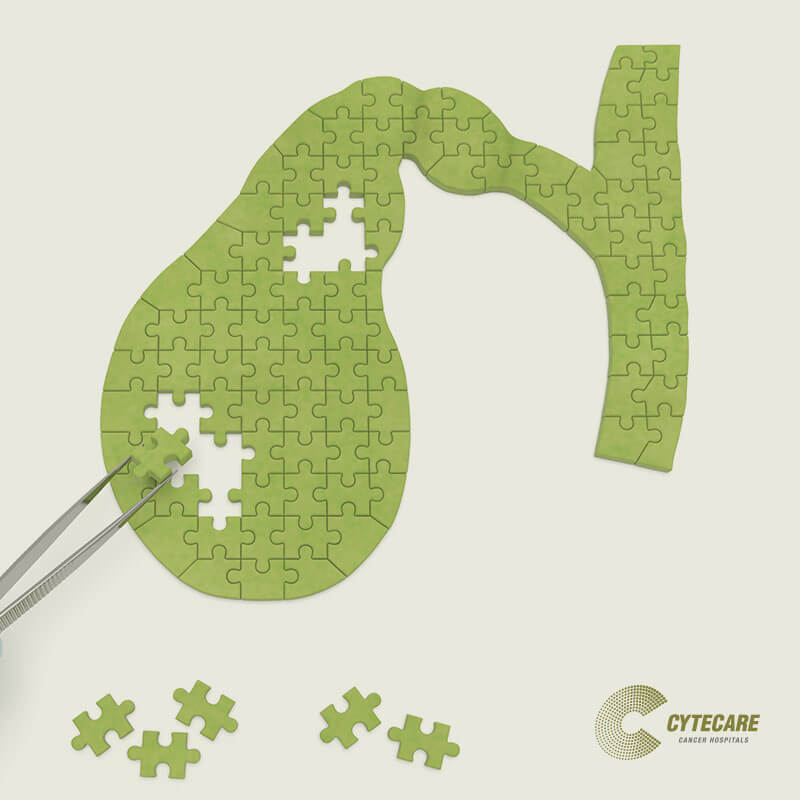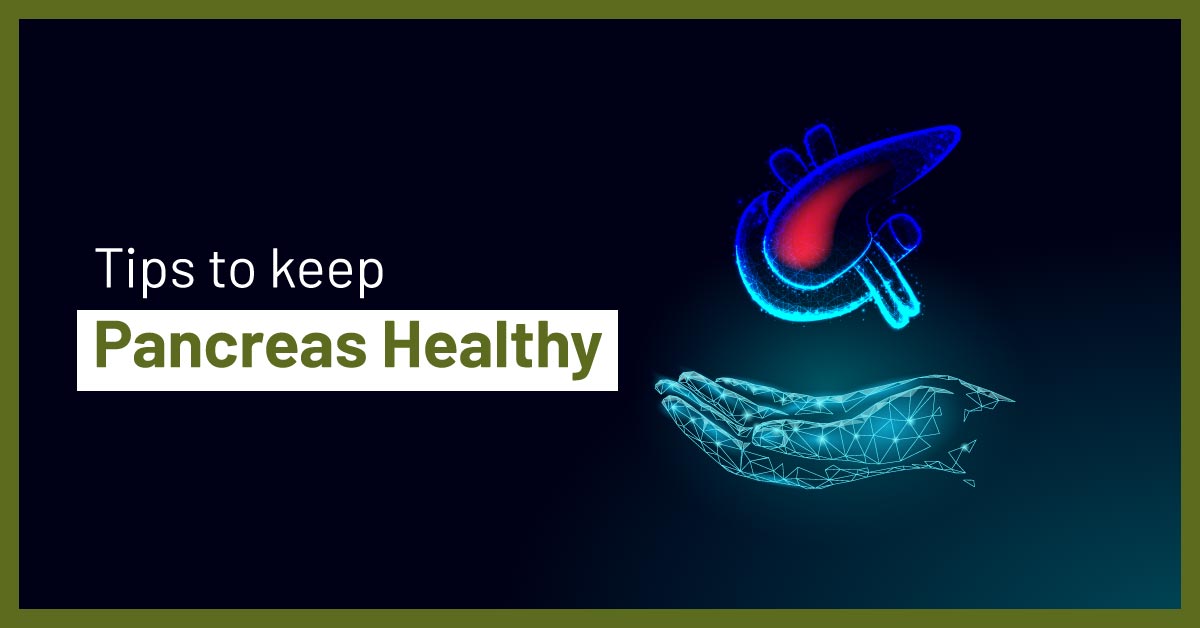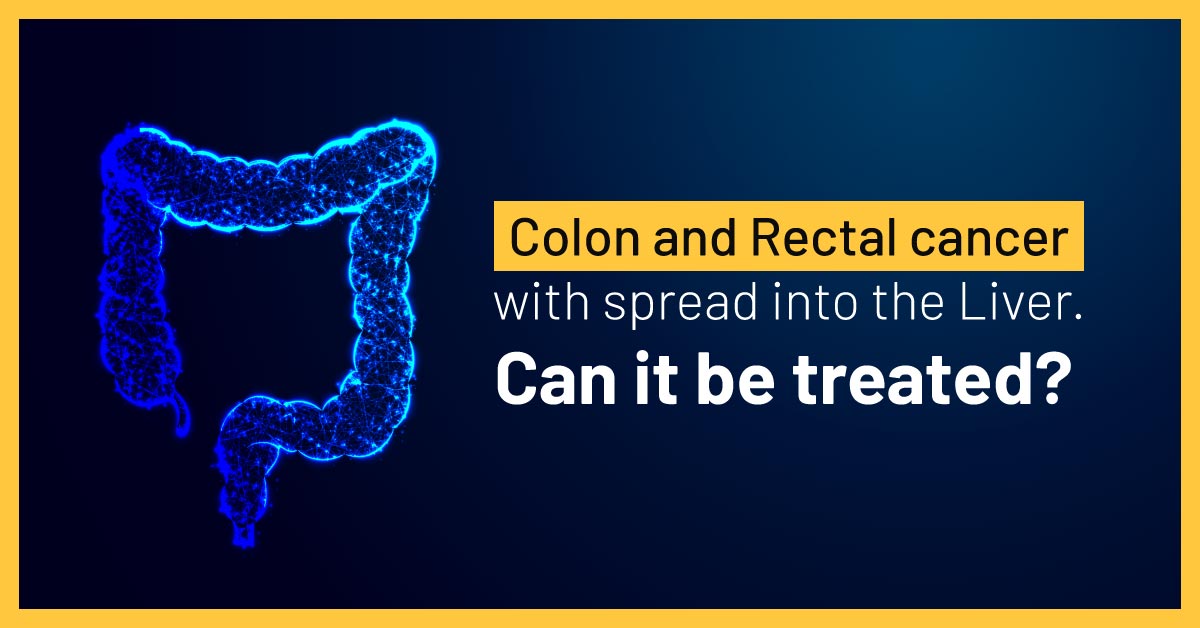
Understanding the reason why women are more prone to gallbladder cancer
Gallbladder is an important part of the biliary system that aids in digestion, located posterior to the liver. The main function is to store and concentrate the bile produced by the liver. Bile is a yellowish green fluid that is important in fat or lipid metabolism. When gallbladder receives appropriate biochemical signals, it releases bile into the duodenum for digestion.
Several pathological conditions, from the most common gall-stones to the rare gallbladder cancer can affect this organ. Gall stones are solidified deposits of cholesterol, pigments and bilirubin. These can vary in size and may flush out by themselves. At times, they can cause pain and obstruction, this may further lead to inflammation of gallbladder-Cholecystitis. If gall stones get lodged in the bile duct, it can lead to inflammation of the bile duct-cholangitis. In addition, the gallbladder may present with other pathologies such as polyps, abscess and gangrene the most common intervention for gallbladder treatment is a laparoscopic gallbladder removal surgery.
Gallbladder cancer (GBC) is a rare cancer but an aggressive malignancy with ethnic, geographical and gender variations. Women are twice as likely as men to get this type of cancer and the incidence increases in women over 65 years. It is also more common in north and northeastern women when compared to south Indian women. The 5 year survival rate of gallbladder cancer is less than 5% in stage IV disease.
GBC’s gender preference:
Epidemiological data suggest that even though gallbladder cancer is a very rare cancer (7 in 100,000 cases) it has a strong preference to female gender. Understanding specific physiological mechanisms or triggers that are specific to female gender may help elucidate this relationship better.
Women specific risk factors:
Gallstone disease is known to be an important risk factor for the development of GBC and women are known to develop this twice as likely as men. Several factors that are unique to females including female hormones, parity, oral contraceptive or hormonal treatment such as estrogen replacement therapy are an established risk for gallbladder stone formation. The female sex hormone is also known to adversely affect bile secretion and gallbladder function.
Additionally, women who are obese, diabetic along with factors such as smoking and alcohol use can increase the risk of GBC.
Elucidating the relationship between GBC and female gender:
Human gallbladder cancer contains hormone receptors for estrogen and progesterone. Both these are female hormones, and could be a possible explanation for the predisposition of women to gall stones as well as gallbladder carcinoma.
Factors such as pregnancy, early menarche (prolonged fertility), multiple pregnancies etc cause a elevation of estrogen and/or progesterone for a prolonged duration. This could increase the risk of biliary tract cancer, including gallbladder malignancy. Studies also indicate that the post-menopausal state is a high risk to suffer from this kind of cancer.
Gallbladder Cancer Symptoms:
This type of cancer can be asymptomatic and non-palpable until it advances to a late stage. Therefore often it is detected at an advanced stage with poor prognosis, by then it might have spread to the liver and adjacent lymph nodes. In Many cases, GBC has been incidentally diagnosed at the time of laparoscopy or diagnosed after a gallbladder surgery for gallbladder disease. Some of the common symptoms of gallbladder cancer include abdominal pain, nausea, vomiting, loss of appetite, itchy skin, jaundice, etc.
Conclusion:
Since gallstones are a common risk factor, one may wonder if the removal of gallbladder may provide a solution to cancer prevention. Gall stones are a very common finding, but gallbladder cancer is a very rare disease. Not all women with gall stones will have gallbladder cancer. Unless the gall stone is a cause of severe pain or symptom, surgery is unwarranted. Hence the need for surgical removal must outweigh the possible risks even in case of cancer.
Like all other cancers, minimizing the risk factors is the key to reducing our vulnerability to a disease. Risk factors such as ethnicity, gender or age are not within our control. However there are other risk factors that can be minimized by modifying lifestyle or change in habits such as staying active and maintaining a healthy weight, consuming fiber-rich foods rich in vegetable and plan-based products, choosing whole-grain foods instead of refined grains and staying away from processed meat.


